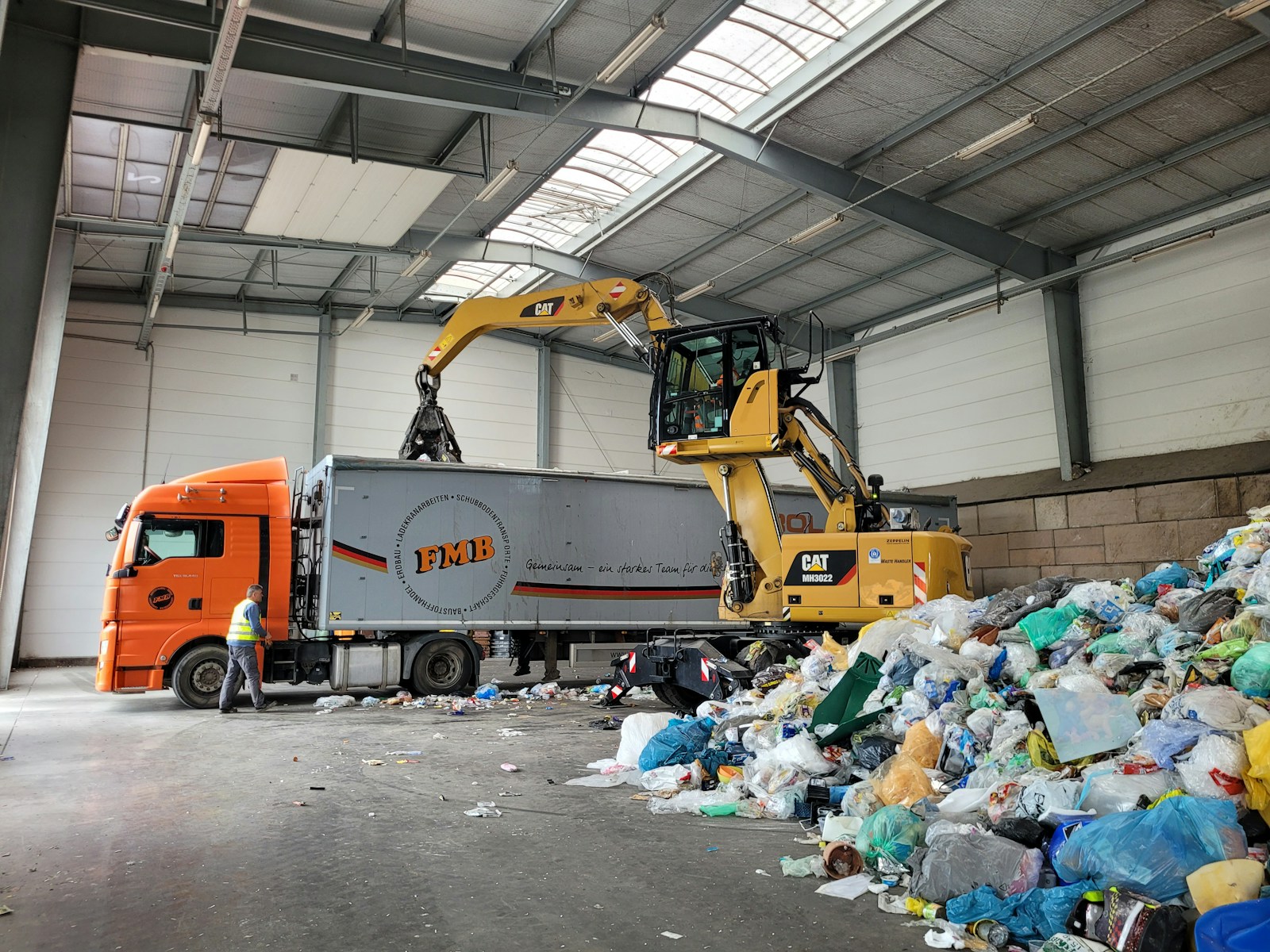Many waste management providers assume that successful tendering depends mainly on offering the lowest price. Councils, housing providers and other organisations are certainly working with tight budgets, but in practice, tenders are rarely awarded on cost alone. Buyers are looking to appoint contractors who will deliver reliable, sustainable and safe waste management services as well as value for money.
Regardless of industry, many buyers use the MEAT system (Most Economically Advantageous Tender), which balances cost with a range of quality considerations, totalling an overall value.
Understanding how this works and how buyers tend to structure their evaluation can help contractors to prepare stronger waste management tender submissions and avoid some of the common mistakes leading to lost marks. This blog will walk you through the MEAT system and the likely ways buyers will be scoring your submissions.
What Does MEAT Mean?
The MEAT framework is designed to prevent contracts from being awarded solely to the cheapest bidder. Instead, it weighs price against other criteria that offer different types of value, such as service reliability, environmental sustainability, technical capability and compliance with waste management regulations.
The balance between cost and quality varies depending on the contract, but common divides are:
- 60% Quality / 40% Pricing
- 70% Quality / 30% Pricing
In the waste management sector, quality is often valued higher than cost because of the consequences of poor service. Missed collections, overflowing bins, and health and safety breaches are all visible and reputational hazards to public safety that buyers cannot afford to risk.

How Price is Scored
Pricing is typically carried out using a relative formula – the lowest compliant bid will receive maximum marks available for cost and all other bids will be scored proportionally against it.
For example, if the lowest bidder offers an annual price of £1 million, they will receive 100% of price marks. If another bidder submits a price of £1.2 million, their score will be calculated as £1 million divided by £1.2 million (0.83), giving them 33.3% out of 40, assuming the pricing is weighted at 40%.
Be careful setting prices too low – this can raise suspicion and if deemed abnormally low, can indicate that suppliers have miscalculated prices or are using morally questionable means to keep costs low.
In waste management tenders, underpricing may lead to unsafe practices, insufficient staffing levels or an inability to meet promised recycling targets. Buyers are looking for sustainable prices that demonstrate efficiency rather than short-term cost cutting.
Quality Criteria in Waste Tenders
The quality section is where suppliers can distinguish themselves and sell their services. Responses are usually scored on a scale (e.g. 0-5), with higher marks awarded to the most well-evidenced, detailed answers.
Typical quality criteria include:
- Service delivery and reliability – how collections will be carried out consistently, contingency planning for breakdowns or staff shortages and how missed collections will be resolved.
- Health and safety – systems, staff training and monitoring processes to manage the risks associated with waste handling and vehicle operations.
- Environmental sustainability – reducing landfill, improving recycling rates, adopting circular economy practices and cutting carbon emissions in line with national net zero objectives.
- Technology and innovation – use of smart bins, vehicle tracking, real-time reporting apps or client dashboards to improve efficiency and sustainability.
- Workforce training and wellbeing – support and development through apprenticeships, qualifications, wellbeing initiatives and career pathways.
- Customer service – handling complaints, maintaining communication channels and measuring customer satisfaction.
A strong response will go beyond general statements – it will prioritise evidencing commitments, using detail to describe systems and programmes and demonstrating measurable value for the buyer.
For example, rather than saying “we use technology to improve service”, describe the system you use, how it tracks collections, what data it produces and what measurable improvements it has delivered in past waste management contracts.

Common Pitfalls
Waste management suppliers often lose marks because they:
- Submit generic responses that do not address the exact question.
- Focus too heavily on price without demonstrating service quality or innovation.
- Make claims without evidence such as KPIs or case studies.
- Provide vague descriptions of processes instead of step-by-step explanations.
Tips for Maximising Scores
To maximise success, consider the following tips when writing your next waste management bid:
- Align your effort with the published weightings in the ITT and spend more time on the highest-scoring sections.
- Provide clear, structured explanations of processes and contingency measures.
- Support claims with data, KPIs, case studies and accreditations.
- Highlight where you deliver added value, such as improved recycling rates, use of digital systems or investment in modern waste collection fleets.
- Keep answers specific and avoid generic statements.

Final Thoughts
Waste management tenders are scored using MEAT, which ensures contracts are awarded based on a fair balance of cost and quality. Buyers are looking for assurance that providers can deliver reliable and sustainable services at a competitive price.
For contractors, success comes from combining competitive yet realistic pricing with well-evidenced quality responses. For writing assistance or guidance, get in touch with Bid Writing Service and secure your winning chances in future waste management tenders.
Have a waste management tender submission coming up? Why not utilise our expert tender writers? Contact us at michael.baron@bidwritingservice.com or lauren.moorhouse@bidwritingservice.com to discuss your needs, or, fill out the form below!
Request a Callback
"*" indicates required fields

